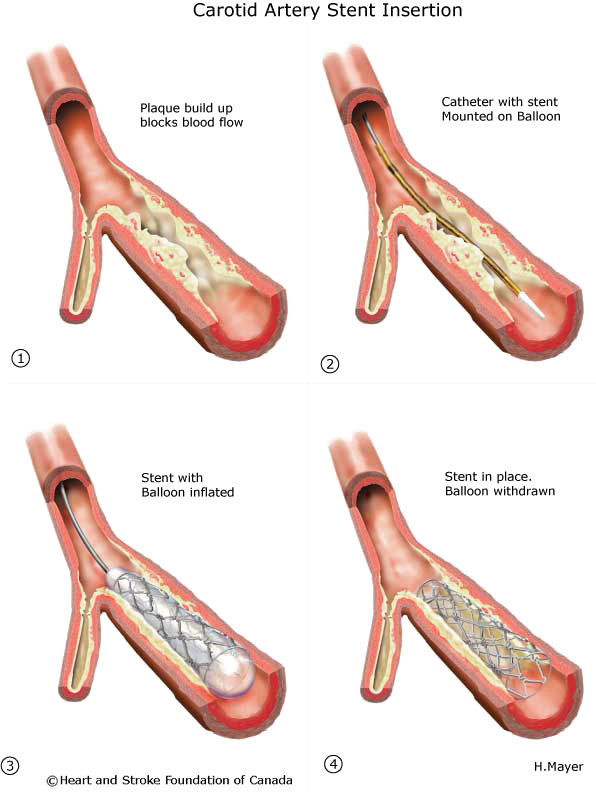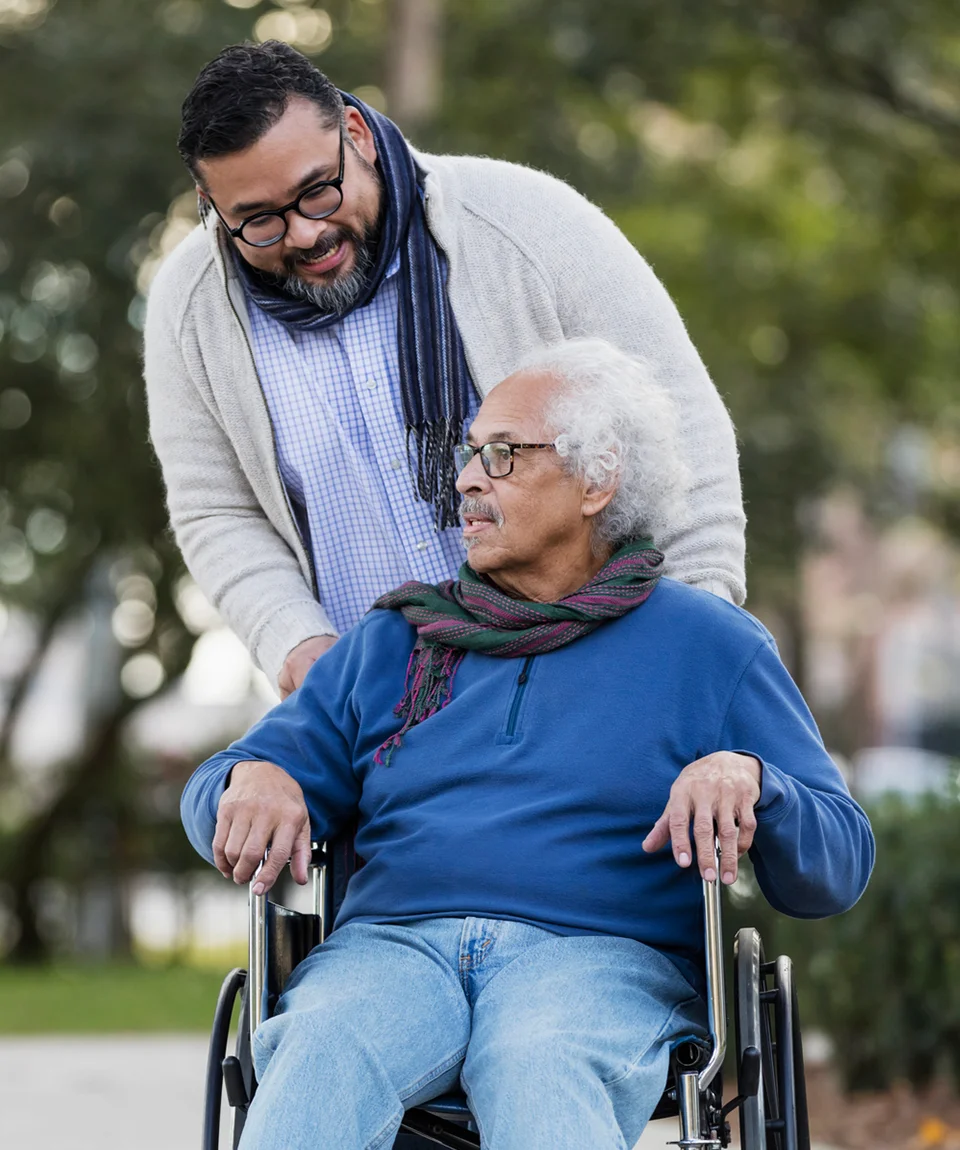What is a PCI?
Percutaneous Coronary Intervention (PCI, formerly known as angioplasty with stent) is a non-surgical procedure that uses a catheter (a thin flexible tube) to place a small structure called a stent to open up blood vessels in the heart that have been narrowed by plaque buildup, a condition known as atherosclerosis.

Why is it done?
PCI improves blood flow, thus decreasing heart-related chest pain (angina), making you feel better and increasing your ability to be active. PCI is usually scheduled ahead of time.

Dr. Heit thinks immune system could hold key to preventing heart attacks.

What is done?
- A catheter is inserted into the blood vessels either in the groin or in the arm.
- Using a special type of X-ray called fluoroscopy, the catheter is threaded through the blood vessels into the heart where the coronary artery is narrowed.
- When the tip is in place, a balloon tip covered with a stent is inflated.
- The balloon tip compresses the plaque and expands the stent.
- Once the plaque is compressed and the stent is in place, the balloon is deflated and withdrawn.
- The stent stays in the artery, holding it open.
What can you expect?
Your doctor will explain the risks and benefits of the procedure. Before the procedure starts, inform your doctor if you:
- Have ever had a reaction to any contrast dye, iodine, or any serious allergic reaction (for example, from a bee sting or from eating shellfish).
- Have asthma.
- Are allergic to any medication.
- Have any bleeding problems or are taking blood-thinning medication.
- Have a history of kidney problems or diabetes.
- Have body piercings on your chest or abdomen.
- Have had any recent change in your health.
- Are, or may be, pregnant.
Before the procedure
- Shortly before your procedure, you may receive a sedative to help you relax.
- Hair in the groin area around where the catheter will be inserted may be clipped.
- An intravenous (IV) line is inserted so, if necessary, you can be given medications quickly.
- Electrodes will be placed on your body to monitor your heart, and a small device called a pulse oximeter may be clipped on a finger or ear to track the oxygen level in your blood.
During the procedure
- Most PCIs are conducted with the patient sedated but not asleep.
- You will lie on your back on a procedure table.
- A local anesthetic will be injected into the skin at the site where the catheter will be inserted.
- Once it has taken effect, the catheter will be inserted into the blood vessels.
- You may feel a brief sting or pinch as the needle goes through the skin and some pressure within the artery as the catheter is moved. If you are uncomfortable, tell your doctor and if necessary additional pain medication may be given.
- When the catheter reaches the heart, the contrast dye will be released so the area where the blood vessel is narrowed can be identified.
- When the dye is released, you may feel a brief flushing sensation or feeling of warmth. Some people experience a salty or metallic taste in the mouth, or a brief headache. A few people may feel nauseated or even vomit, but this is rare. These effects are harmless usually last for only a few minutes.
- When the narrowing is located, the catheter will be advanced so the special tip can be activated.
- It is possible to experience some chest pain or discomfort at this point, but your doctor will monitor you carefully and the discomfort should go away quickly.
- When finished, the catheter will be withdrawn and pressure put on the insertion site to stop the bleeding.
- Once the bleeding has stopped, a tight bandage will be applied.
- You will need to remain lying flat during this time.
- If the catheter was inserted in the groin, you will have to keep your leg straight for several hours.
- If it was inserted in the arm, your arm will be kept elevated on pillows and kept straight with an arm board.
After the procedure
- You will probably go to a recovery room for several hours of observation.
- You will be asked to remain in bed for 2 to 6 hours, depending upon your specific condition.
- Pain medication may be given if you experience any discomfort.
- You will be encouraged to drink water and other fluids to help flush the contrast dye from your body.
- Most people spend the night in hospital after a PCI.
At home
When you return home, keep an eye on the insertion site. A small bruise is normal, but contact your doctor if you experience:
- increased pain
- redness
- swelling
- bleeding or other draining from the insertion site
- fever
- chills.
Related information
- Angioplasty: A guide for people living with heart disease (Peter Munk Cardiac Centre)
- Treatment pros and cons (HeartHub.ca)
